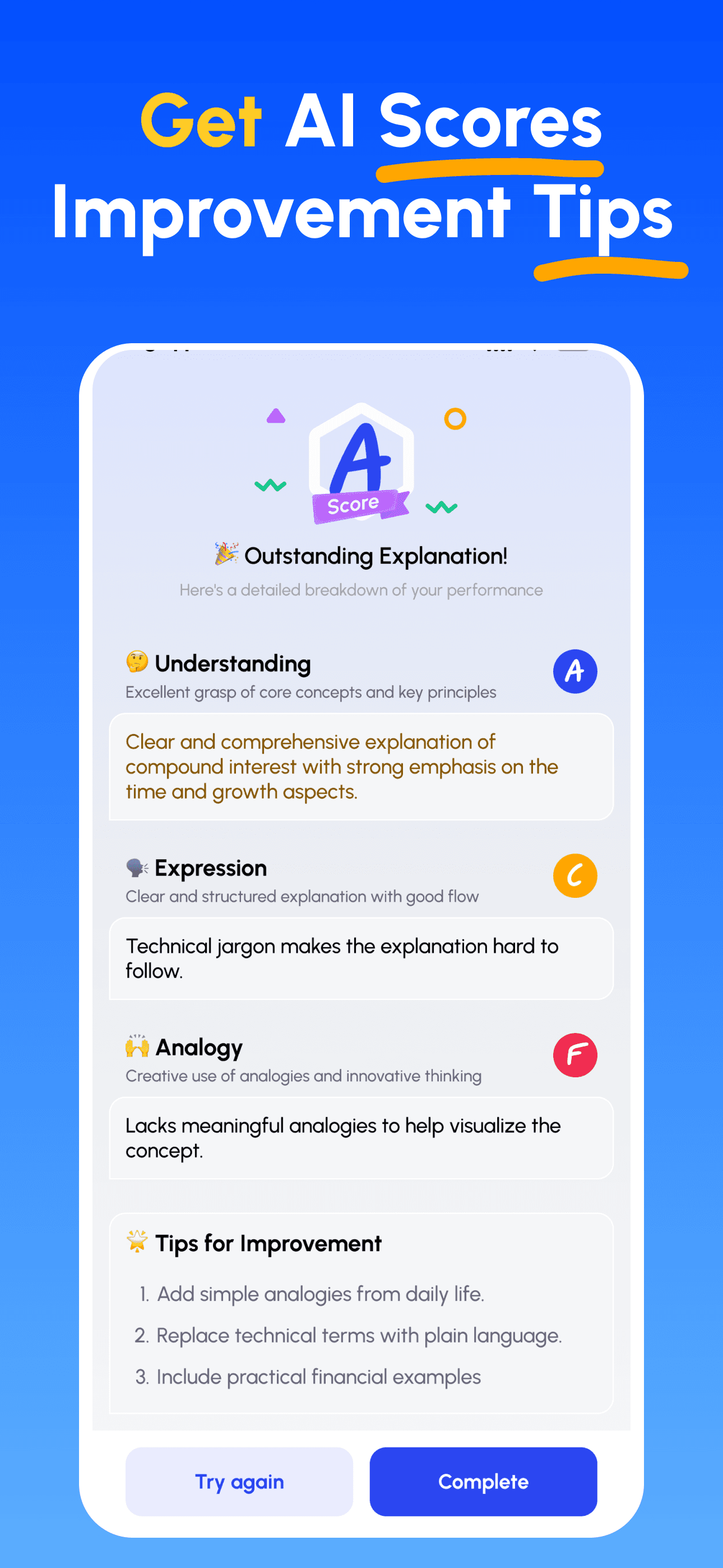Basic Probability
Probability measures how likely something is to happen, like the chance of rain tomorrow or winning a game. 🎲
簡要介紹
Probability is all around us, from weather forecasts to games of chance. It's like having a mathematical crystal ball that helps us predict the likelihood of future events based on what we know. Whether you're deciding to carry an umbrella or playing board games, you're actually using probability in your daily life! 🌧️🎮
主要說明
The Basics of Probability Scale 📏
Probability is measured from 0 (impossible) to 1 (certain). It's like a ruler of chance - 0 means something will never happen (like finding a real unicorn), 1 means it's guaranteed (like the sun rising tomorrow), and 0.5 means it's a 50-50 chance (like flipping a coin).
Simple Probability Formula 🔢
To find probability, divide favorable outcomes by total possible outcomes. It's like counting the red marbles in a bag - if you have 3 red marbles out of 10 total marbles, the probability of picking red is 3/10 = 0.3 or 30%.
Independent vs Dependent Events 🎯
Some events don't affect each other (like coin flips), while others do (like drawing cards without replacing them). It's like picking socks from a drawer - if you don't put the first sock back, it affects the probability of the next pick!
範例
- 🎲 Rolling a die: There's a 1/6 chance of getting any number because there are 6 equal possibilities. Want to roll a 3? That's one favorable outcome divided by six total outcomes = 1/6.
- 🌂 Weather probability: If the forecast says 70% chance of rain, it means that in similar weather conditions, it rained 7 out of 10 times.
- 🎪 Game show doors: In a game show with 3 doors, where only one has a prize, your initial chance of picking the right door is 1/3. It's like having three cups and guessing which one hides a coin!
費曼AI如何引導你學習
- 選擇任意概念: 從你想掌握的主題開始——瀏覽精選學科或自行輸入。
- 先學核心要點: 用清楚、結構化的解說快速建立知識框架,掌握關鍵與常見誤區。
- 講解並獲得回饋: 以語音或文字錄製你的講解;立即取得在深度、清晰度、結構與示例上的分析。
- 檢視評分並精進: 依據針對性建議修正並再講解,直到能簡單講清楚為止。
立即下載費曼AI
今天就開始提升溝通能力的旅程!




